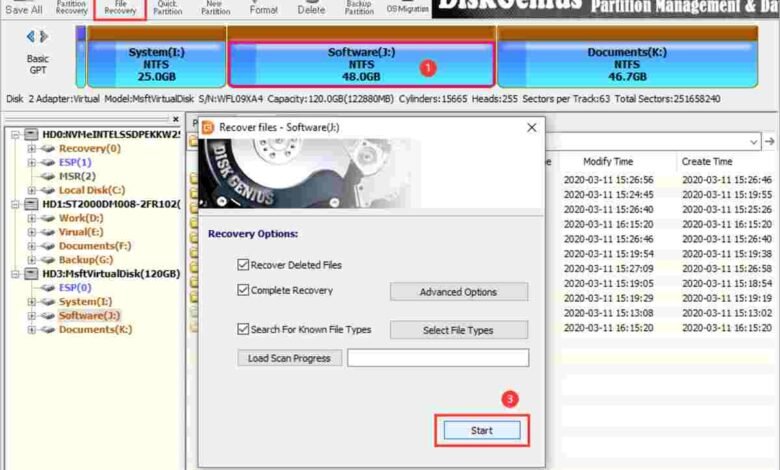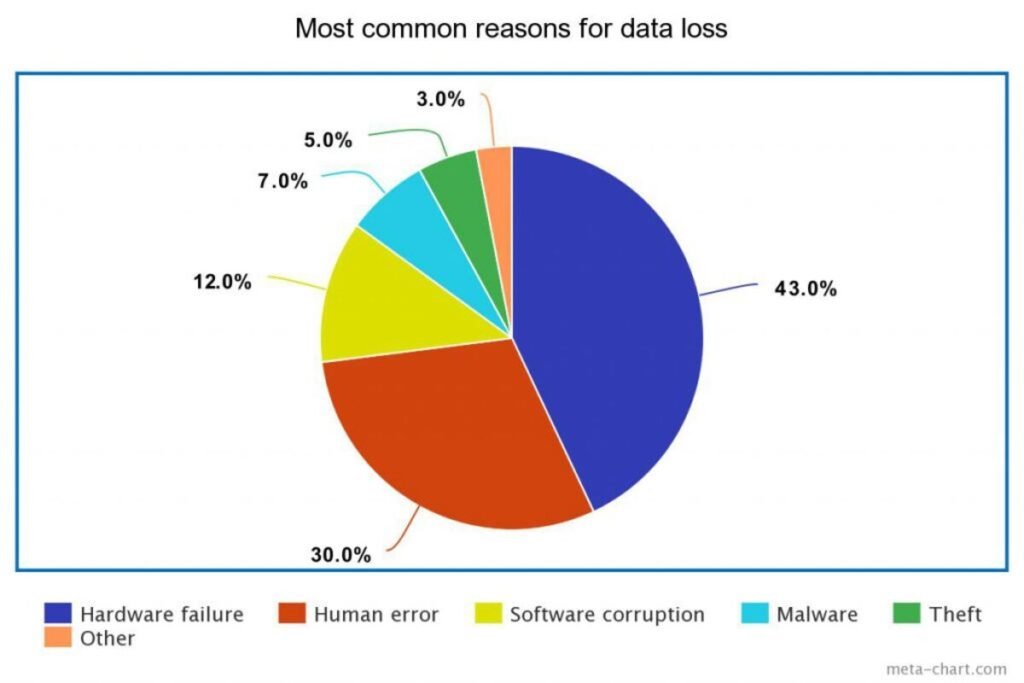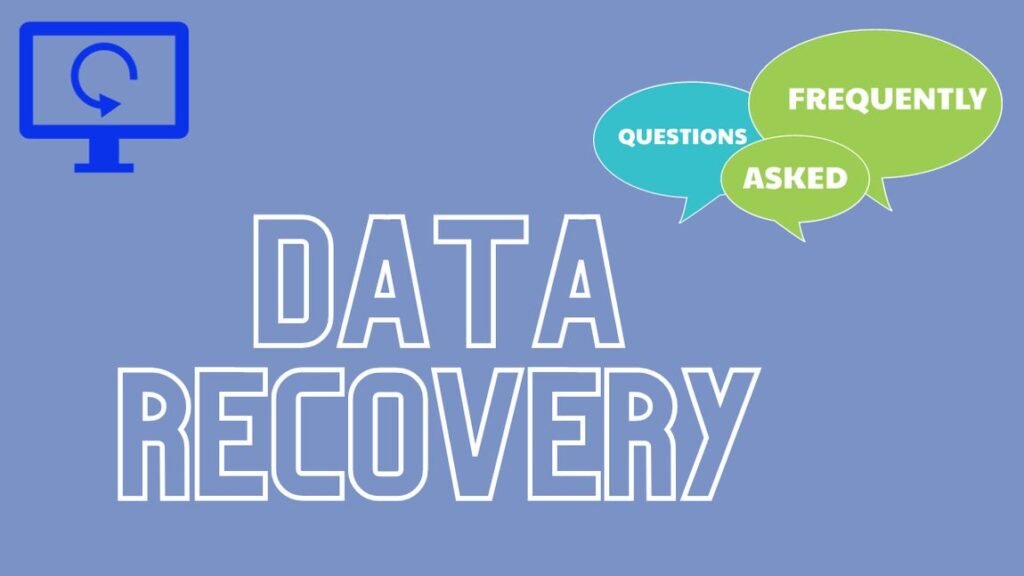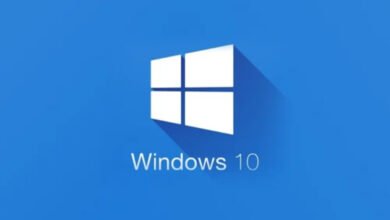Data Recovery Software for PC – The Best Guide 100% Unique

Data recovery software is like a digital detective. When files vanish due to accidental deletion, system crashes, or other mishaps, this software scans your computer to find and restore the lost data. It’s designed to help you recover various types of files, including documents, photos, videos, and more. Think of it as your safety net in the digital world, ensuring that your important information isn’t gone forever.
How Does Data Recovery Software Work?
Have you ever deleted a file and then realized it wasn’t gone, just moved to the recycle bin? recovery software works in a somewhat similar way but on a deeper level. When you delete a file, it isn’t immediately erased from your hard drive. Instead, the space it occupies is marked as available for new data. Until new data overwrites this space, the old file can still be recovered.
recovery software scans your hard drive for these marked spaces and attempts to retrieve the original data. It’s like sifting through a sandcastle to find lost treasure. The success of recovery depends on how much the data has been overwritten and the type of file system your computer uses.
Common Causes of Data Loss

Understanding the common causes of data loss can help you prevent future mishaps. Here are some typical scenarios where data recovery software can be essential:
Accidental Deletion
We’ve all been there – you hit the delete button and realize moments later that you needed that file.
System Crashes
Unexpected system crashes can corrupt files or make them inaccessible.
Data Recovery Software: Viruses and Malware
Malicious software can delete or encrypt your files, leaving you scrambling to get them back.
Hardware Failures
Hard drives have a lifespan, and when they fail, they can take your data with them.
Software Errors
Bugs in software applications can sometimes lead to data loss.
Data Recovery Software: Key Features to Look For
Not all data recovery software is created equal. Here are some key features to consider when choosing the right tool for your needs:
File Type Support
Ensure the software can recover the types of files you’ve lost, whether they’re documents, images, videos, or emails.
Ease of Use
The interface should be user-friendly, allowing even non-tech-savvy individuals to navigate the recovery process.
Data Recovery Software: Recovery Speed
Look for software that can quickly scan your drives and recover data without long waits.
Preview Functionality
The ability to preview files before recovery can save you time by letting you choose exactly what you need to restore.
Compatibility
Make sure the software is compatible with your operating system and file system (e.g., NTFS, FAT32).
Customer Support
Good customer support can help you troubleshoot issues that might arise during the recovery process.
Top Data Recovery Software for PC
Here are some of the top data recovery software options for PC users:
1. EaseUS Data Recovery Wizard
EaseUS is known for its user-friendly interface and powerful recovery capabilities. It supports a wide range of file types and offers a preview feature.
2. Stellar Data Recovery
Stellar provides comprehensive data recovery options, including support for encrypted drives.
3. Data Recovery Software: Disk Drill
Disk Drill offers a simple interface and robust scanning options. It also includes additional tools for data protection and drive health monitoring.
4. Recuva
Recuva is a free option that’s great for basic data recovery needs. It’s lightweight and simple to utilize, making it a famous decision for some clients.
5. MiniTool Power Data Recovery
MiniTool offers a straightforward recovery process with a focus on ease of use. It’s particularly good for recovering multimedia files.
Free vs. Paid Data Recovery Software
You might be wondering whether to opt for free or paid data recovery software.
Free Software
Free data recovery tools can be quite effective for basic recovery tasks. They typically offer limited features and may have restrictions on the amount of data you can recover. Free tools are ideal if you need to recover a small number of files or are testing the waters before committing to a paid solution.
Data Recovery Software: Paid Software
Paid recovery software usually offers more advanced features, such as deeper scans, better file type support, and larger data recovery limits. If you have a significant amount of data to recover or need advanced functionalities, investing in a paid solution is often worth it. Additionally, paid options often come with customer support, which can be invaluable if you encounter any issues.
How to Use Data Recovery Software
Using data recovery software is generally straightforward, but here are some steps to guide you through the process:
- Download and Install the Software Choose a reputable data recovery tool and install it on your PC. Make sure to avoid installing it on the drive where you lost your data to prevent overwriting the lost files.
- Launch the Software Open the recovery software and select the drive where you lost the files.
- Scan the Drive Initiate a scan to search for lost files. This might take some time depending on the size of the drive and the software’s capabilities.
- Recover the Files Choose a safe location to save the recovered files, ideally on a different drive to avoid overwriting any remaining lost data.
Tips to Prevent Data Loss

While data recovery software is incredibly useful, it’s always better to prevent data loss in the first place.
Regular Backups
Create regular backups of your important files.
Update Software
Keep your operating system and all software up to date to avoid vulnerabilities that could lead to data loss.
Data Recovery Software: Use Antivirus Protection
Install a reliable antivirus program to protect your computer from viruses and malware.
Avoid Physical Damage
Handle your computer and external drives carefully to prevent physical damage that could lead to data loss.
Monitor Drive Health
Use tools to monitor the health of your hard drives and replace them before they fail.
Data Recovery Software: Frequently Asked Questions (FAQs)

1. What is the best data recovery software for PC?
The best data recovery software depends on your needs. EaseUS Data Recovery Wizard, Stellar Data Recovery, and Disk Drill are among the top options due to their comprehensive features and ease of use.
2. Can I recover files from a formatted hard drive?
Yes, many data recovery tools can recover files from a formatted hard drive. However, the success rate depends on whether new data has been written over the old data.
3. Is it safe to use data recovery software?
Yes, it’s generally safe to use reputable data recovery software. However, it’s important to download software from trusted sources to avoid malware.
4. How much does data recovery software cost?
Prices vary depending on the software and its features. Free versions are available, but paid versions can range from $40 to $100 or more for advanced features and support.
5. Can data recovery software retrieve files from a crashed computer?
Yes, data recovery software can often retrieve files from a crashed computer, especially if the hard drive is not physically damaged. You may need to connect the drive to another computer to perform the recovery.
Conclusion
Data recovery software for PCs is an essential tool for anyone who uses a computer regularly. It provides peace of mind, knowing that if something goes wrong, you have a chance to recover your valuable files. By understanding how these tools work and what to look for, you can make an informed decision and choose the best software for your needs. Remember, while data recovery software is powerful, it’s always best to take preventive measures to protect your data in the first place. Stay safe, and happy computing!
Read More: BlueStacks 5





